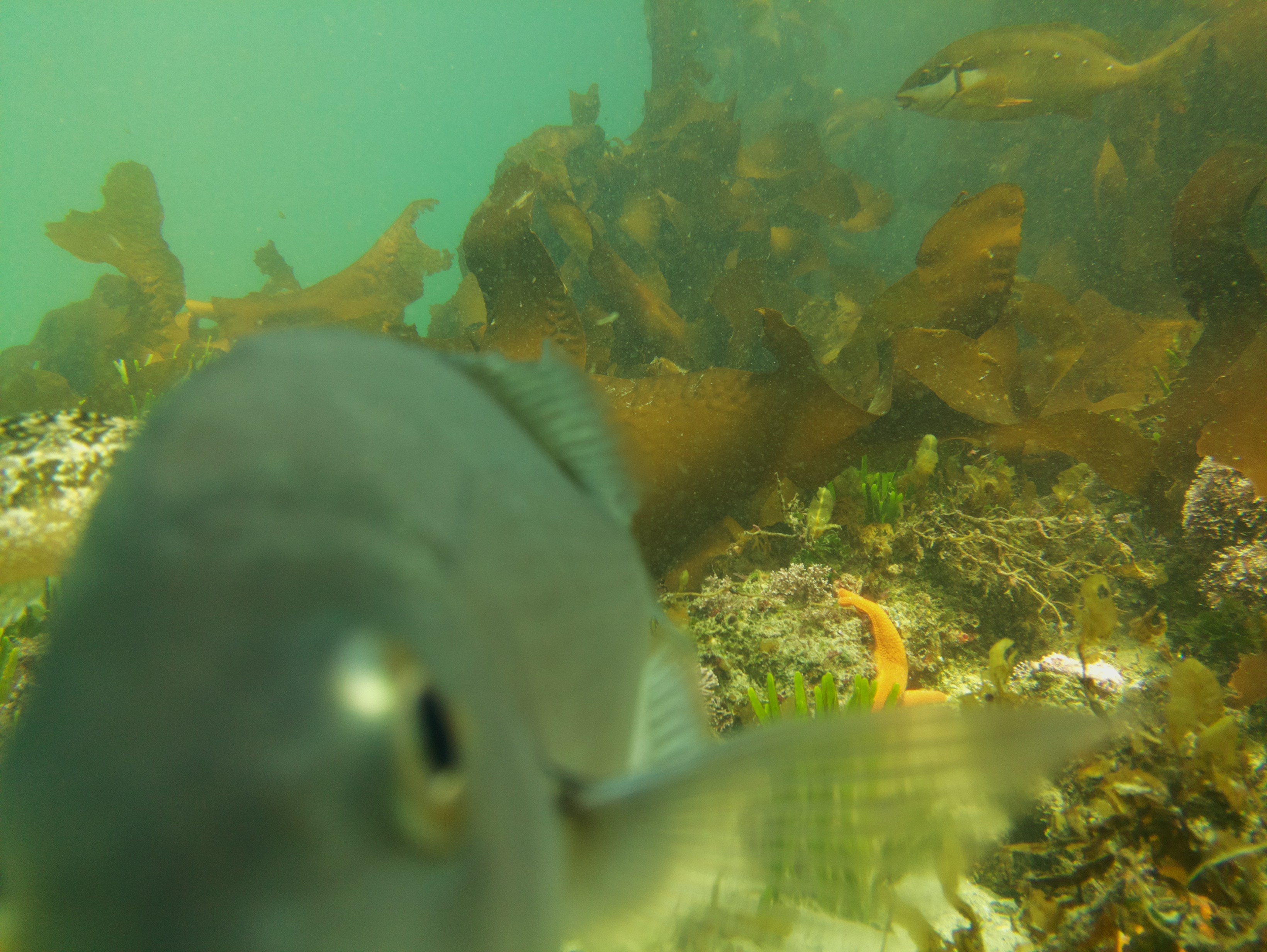Here is some results and comments on the first overnight deployment.

Details and findings:
- 1 minute interval time-lapse was set
- Pipecam was rested on a small reef on the edge of a kelp forest .
- ~2m depth
- Resting with a 3kg weight belt
- Cronjob set up to operate only between day light hours which is roughly 07:00 - 19:00 at the moment, which looks like this:
* 7-19 * * * script.py >> output.txt - Was recovered with no damage or leaks
- The pipecam ran for about 25 hours before running out of power.
- The timezone of the pi was not the same as the cron, leading to a 2hour discrepancy
- About 2.7 Gb of photos was recorded, which in this case was about 660 photos
- At least two groups of divers found the camera at the location
- Fish are very interested for about the first hour of deployment
And here is a video of the results:
Some conclusions:
- Needs better identification signage for passing divers
- Add STATUS Led to easily see that the project is still alive
- Check timezone and sunrise/sunset times with pi timezone
- Project is way more power hungry than anticipated (probably the USB hub adding more power than expected)
- Kelp forests are pretty, but they make for VERY busy time lapses and is better suited for video
- A night time deep sleep will score another ~12 hours on the current setup
Now for some bench tests before we put it in the water again.
 Fred Fourie
Fred Fourie
Discussions
Become a Hackaday.io Member
Create an account to leave a comment. Already have an account? Log In.